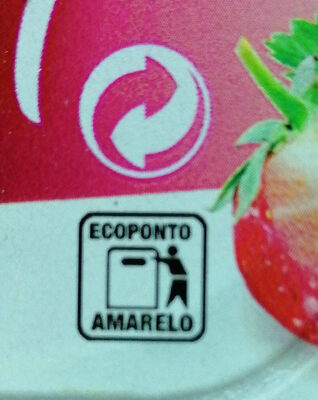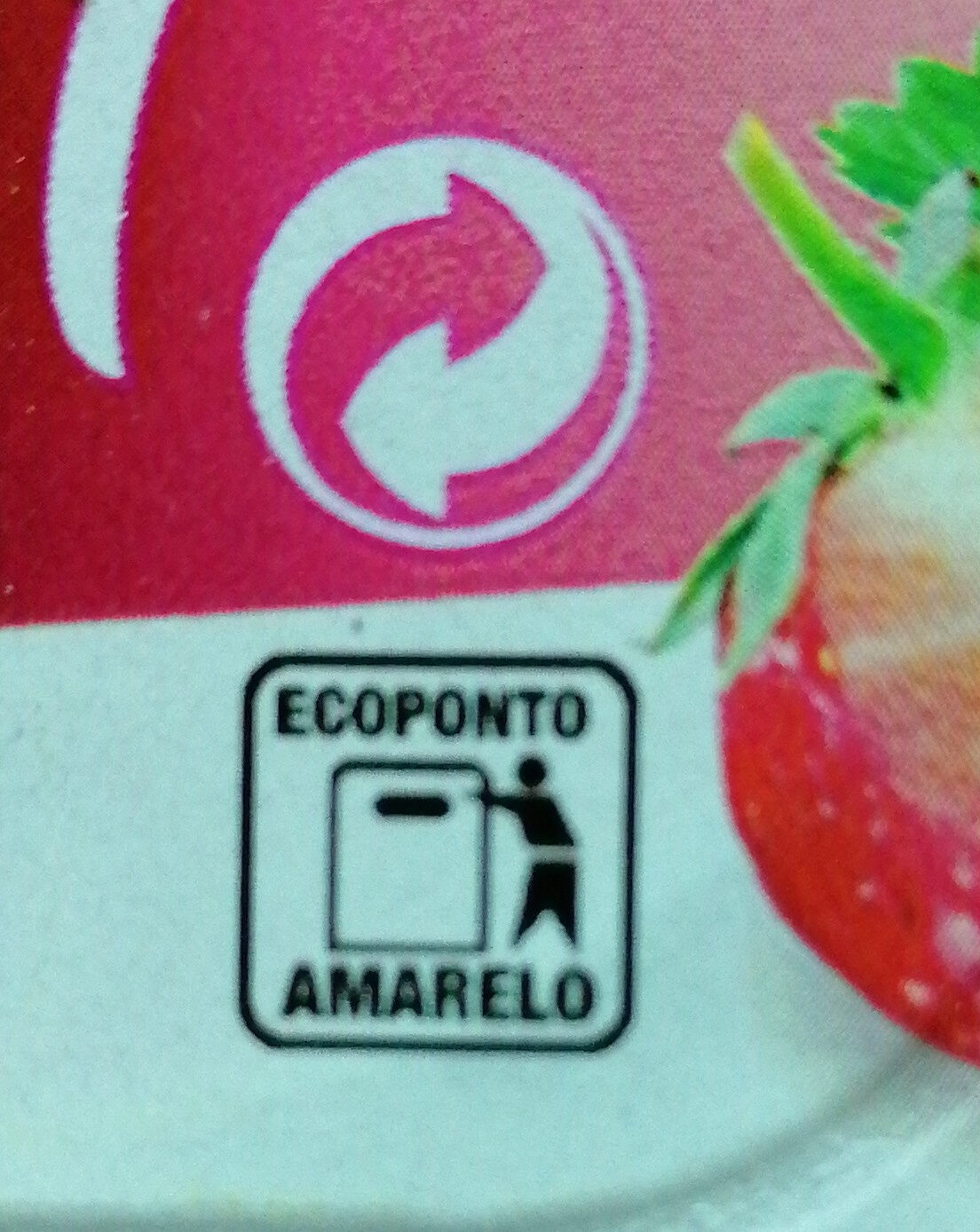Gelatina fresa 0% azúcar - Milbona - 400g
Ambiguous barcode: This product has a Restricted Circulation Number barcode for products within a company. This means that different producers and stores can use the same barcode for different products.
×
This product page is not complete. You can help to complete it by editing it and adding more data from the photos we have, or by taking more photos using the app for Android or iPhone/iPad. Thank you!
×
Barra-kodea: 20329235
Kopurua: 400g
Ontziratzea: en:Plastic
Markak: Milbona
Kategoriak: en:Desserts, en:Jelly desserts
Etiketak, ziurtagiriak, sariak:
en:Green Dot
Dendak: Lidl
Saltzen diren herrialdeak: Espainia
Matching with your preferences
Report a problem
Datuen iturria
Product added on by kiliweb
Last edit of product page on by roboto-app.
Produktuaren orria -gatik editatua ecoscore-impact-estimator, mainluk, thaialagata, yuka.WnBJWURLbGFwdFk2djl0ajFESHAzdUJXNkppSFRIS3pJcllzSVE9PQ, zipotlan.
If the data is incomplete or incorrect, you can complete or correct it by editing this page.











